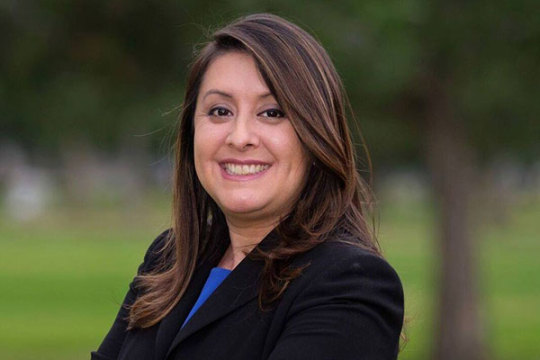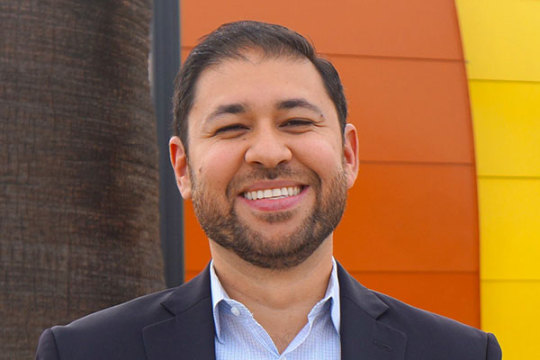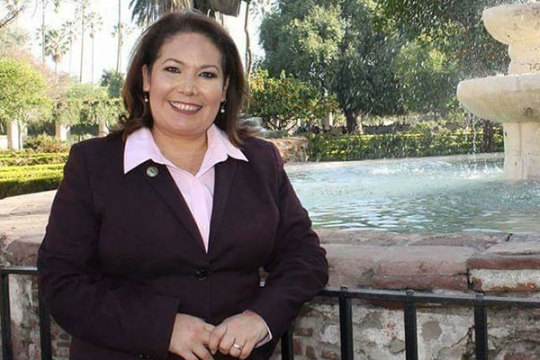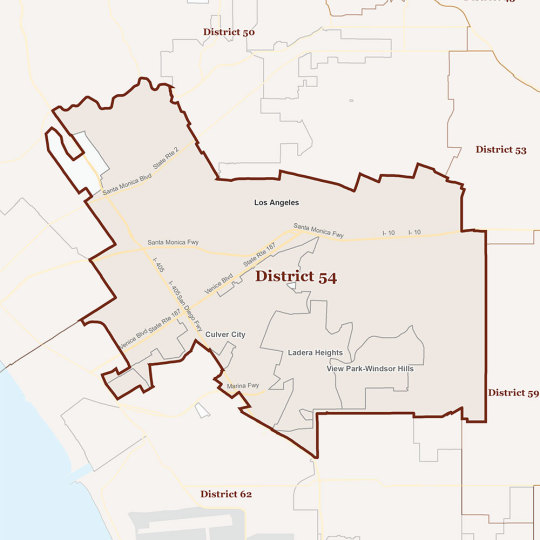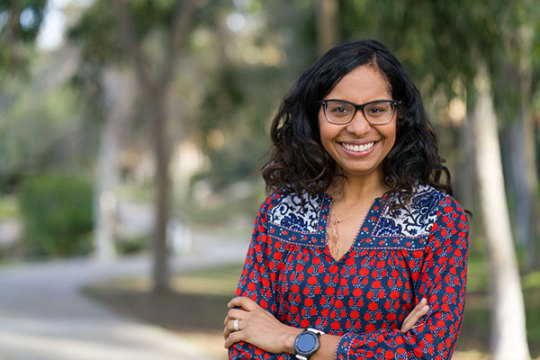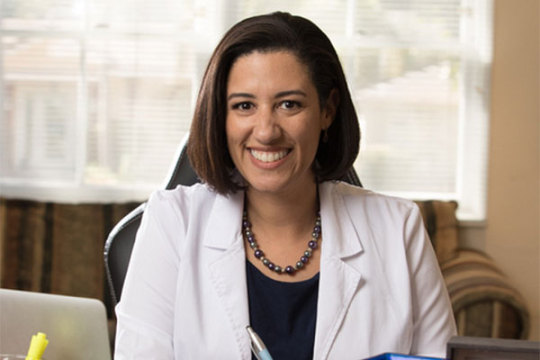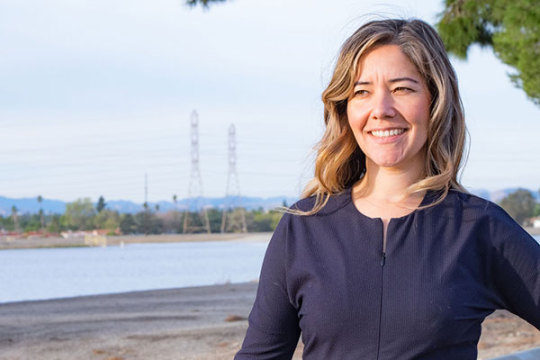
Candidate campaign page: https://www.yolieanguiano.com/
Yolie Anguiano is a familiar and engaged voice within safe streets advocacy in AD39. Anguiano lead the East San Fernando Valley Nature Parkway, providing much needed pedestrian improvements and improved access to open space in Arleta. She is a lifelong resident of the northern San Fernando Valley supplementing her community and volunteer service with work for State Assembly District 39, where she spoke out against alleged sexual harassment by Assemblymember Bocanegra. Anguiano’s response to Bike The Vote L.A. displays a superb understanding of the solutions needed to improve mobility options for Angelenos, including equitable funding of active transportation and full-fledged support for Vision Zero. We are confident that Anguiano will be a passionate advocate for safe streets at the state level if elected.
Bike The Vote L.A. 2018 Primary Grade: A
(See below for full candidate questionnaire response)
1. The California Air Resources Board estimates that transportation accounts for 37% of California’s annual carbon emissions. What actions would you take as assemblymember to ensure that California creates a more sustainable transportation system?
I would move California forward by championing legislation that reduces the use of pollution emitting internal combustion engines. Consequently, there will be less single occupant vehicles on the road, which will curtail our transportation infrastructure costs. I would also strengthen legislation that promotes the benefits of creating healthier neighborhoods. Our children who live or go to school adjacent to freeways are victims of policies powered by the automotive and fuel industry. I will be a watchdog in the Assembly who strengthens the Sustainable Community Act of 2008. California is leading the way for the rest of the nation to follow, but we have a long way to go. I will not support developing more highways which only sustains/increases urban sprawl. Assembly District 39, similar to many other communities of color have been waiting for a leader with the political will to bring home safe and equitable multi-modal transportation system policies. It will enhance the health of all living things. This is where my focus as a legislator will be. I have the vigor to not be in the auto industry or any fuel lobbyist’s pocket.
2. Cap & trade funds offer a unique opportunity to prioritize sustainable transportation, particularly in low-income neighborhoods negatively affected by pollution caused by cars. Do you support dedicating a portion of cap and trade funds towards the Active Transportation Program to help fund better pedestrian and bicycle infrastructure?
Absolutely. In my district, children suffer from high rates of obesity and asthma. When the Active Transportation Program is fully funded the well-being of our children will be enhanced. Additionally, these active modes of transportation will create new behavior for children to continue to follow for decades to come. This can be the beginning step to strengthen a new culture that is not dependent on a vehicle for transportation.
3. In Los Angeles, low-income communities of color are disproportionately burdened by the impacts of streets designed primarily for cars, without receiving proportional funding for their mobility modes like walking, biking, and public transit. Would you support legislation to add a ‘complete streets’ policy to SB 1, California’s newly augmented gas tax, to require all street and highway projects to incorporate the needs of pedestrians, bicyclists and transit-dependent communities?
Yes! I’m relieved to know this year Complete Streets became part of the Highway Design Manual. As a legislator I will be paying attention to the funded investment projects that will rebuild our roads to be safe and shared by all users.
4. California law regarding the position bicyclists can occupy in a traffic lane is written in a confusing manner. The typical condition – in which the rightmost lane is too narrow for a car and a bicycle to travel safely side-by-side and the bicyclist is thus allowed to use the full lane – is written as an exception rather than the default standard. As a result, despite public information campaigns such as “Every Lane Is A Bike Lane,” there is frequently confusion from the general public and even law enforcement agencies on the legality of bicyclists riding in traffic lanes on California roads. Do you support re-wording traffic law to clarify the right of people on bikes to ride to maximize their visibility and safety?
Yes. However, when I use a bike to commute on LA streets, I feel safest when there is a protected bike lane. I would champion for our streets to have a network of protected bike lanes similar to Mexico DF’s Paseo de la Reforma.
5. A recent study by the National Transportation Safety Board found that speeding was one of the most common factors in crashes, and one of the highest contributors towards fatal crashes. Despite this fact, speed limits across California are consistently raised due to a state law that sets speed limits at the 85th percentile of measured driving speeds. Do you support reform to the 85th percentile rule to give local jurisdictions the ability to set speed limits to better promote safe driving?
Yes, I’m a Vision Zero supporter. I want to strengthen policies that will result in 0 traffic related fatalities. However, on a different note I would want to see equitable citation reform.
6. California’s ongoing housing crisis challenges cities and communities to provide solutions towards meeting California’s demand for housing. Do you support efforts at the state level to accommodate smart growth, transit-oriented development, and sustainable communities that empower residents to get around on foot, by bike, and on quality public transit? What specific policies you would pursue to promote sustainable and affordable living for Californians?
I am for public transit oriented development but since grass-root organizations like: L.A. Community Action Network, Alliance of Californians for Community Empowerment, United Neighbors in Defense of Displacement/ Inquilinos Unidos, Koreatown Immigrant Workers Alliance, and the L.A. Black Worker Center who fight for the human rights of our most vulnerable populations are against it, I must stand with them. This solution has to include reassurance that it will meet housing demands of the houseless and those who can’t keep up with today’s cost of living. A policy that includes the proper requirements to prevent displacement and secure affordable housing in TODs will have my support.

